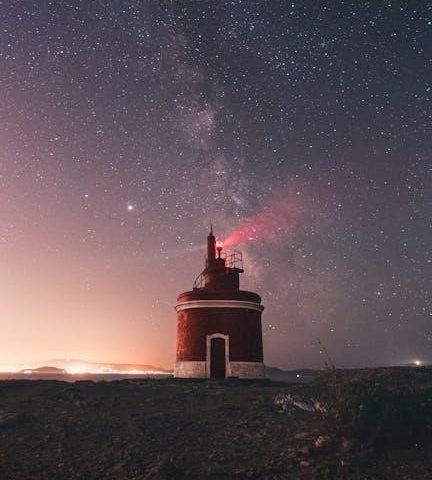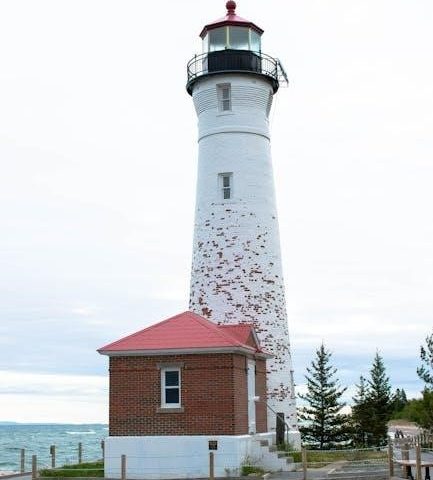Mushroom hunting in Colorado offers a diverse array of species across various ecosystems and elevations. Responsible foraging and accurate identification are essential for a safe and rewarding experience.
Overview of Colorado’s Mushroom Diversity
Colorado boasts an incredible variety of wild mushrooms, supported by its diverse landscapes and climates. From the Rocky Mountains to the semi-arid plains, over 500 species thrive, including prized edibles like morels, chanterelles, and boletes. The state’s unique combination of coniferous forests, aspen groves, and alpine zones creates habitats for both common and rare fungi. Mushrooms like oyster and lobster species add to the diversity, making Colorado a paradise for both novice and advanced foragers.
Best Times of the Year for Mushroom Hunting
Mushroom hunting in Colorado varies by season, with distinct species emerging throughout the year. Spring typically brings morels in late April and early May, often after snowmelt. Summer months, especially July and August, are ideal for higher-elevation species like chanterelles and boletes. Fall offers a second wave of activity, with oyster mushrooms and shaggy ink caps appearing in September and October. Winter is quieter but still yields oyster mushrooms in mild conditions. Timing depends on weather patterns and elevation, making each season unique for foraging.
Popular Edible Mushrooms in Colorado
Colorado is home to a variety of edible mushrooms, including morels, chanterelles, and boletes, which are sought after for their unique flavors and textures. These species are abundant in the state’s diverse ecosystems and are a favorite among both locals and visitors.
Top Species for Beginners
For those new to mushroom hunting in Colorado, species like morels, chanterelles, and boletes are excellent starting points. These mushrooms are relatively easy to identify and often found in abundance. Oyster mushrooms and shaggy ink caps are also great for beginners due to their distinctive appearances and widespread availability. Always use a trusted field guide to ensure accurate identification and avoid lookalikes. These species provide a rewarding introduction to the world of edible mushroom foraging in Colorado’s diverse ecosystems.
Advanced Foraging: Rare and Exotic Varieties
Experienced mushroom hunters in Colorado can explore rare species like the King Bolete and Honey Mushroom, which thrive in specific high-altitude habitats. Lobster mushrooms, though not rare, are highly sought after for their unique appearance and flavor. Advanced foragers often seek out porcini and caesar’s mushrooms, which appear in limited quantities during ideal conditions. These varieties require precise timing and expert identification skills, making them a rewarding challenge for seasoned enthusiasts.
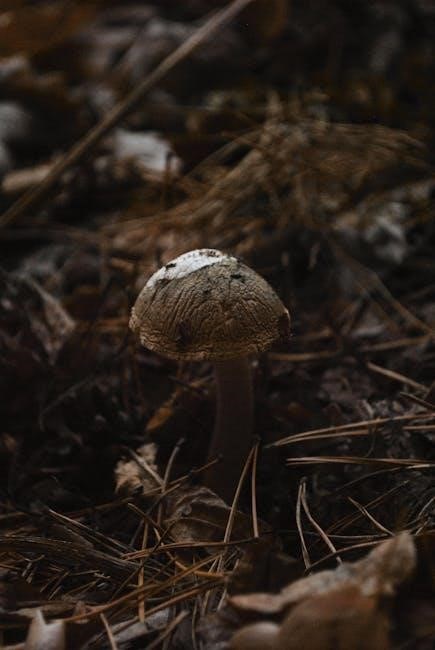
Identifying Mushrooms Safely
Mushroom identification requires a reliable field guide and expert guidance to ensure safety. Always cross-reference species to avoid toxic lookalikes and prioritize responsible foraging practices.
Essential Characteristics for Accurate Identification
Accurate mushroom identification relies on examining key characteristics, such as cap shape, size, and color, gill or pore structure, stem texture and length, and habitat preferences. Observing how the mushroom grows—whether alone, in clusters, or in association with specific trees—can provide critical clues. Spore print color and odor are also vital for distinguishing species. Always consult multiple field guides and seek expert verification to ensure safe and accurate identification, especially for beginners.
Common Lookalikes and Poisonous Species to Avoid
Colorado is home to several poisonous mushrooms that resemble edible species. The Destroying Angel (Amanita virosa) and False Morel (Gyromitra esculenta) are highly toxic and often mistaken for safe varieties. The Conocybe filaris, a small, unassuming mushroom, is deadly poisonous. False Chanterelle (Hygrophoropsis aurantiaca) can be confused with true chanterelles but lacks their fruity aroma. Always avoid mushrooms with unknown identities, as some species can cause severe illness or death if ingested. Caution and expert verification are essential for safe foraging.
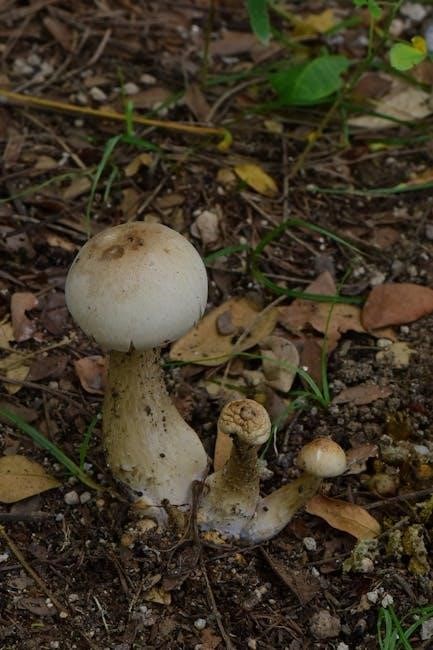
Recommended Field Guides and Resources
Essential for safe mushroom hunting, a reliable field guide like Mushrooms of the Rocky Mountain Region by Vera S. Evenson or Mushrooms Demystified by David Arora provides detailed descriptions and images to help accurately identify species. Consulting with a local expert or mycologist can further enhance your foraging experience and ensure safety.
Best Books for Colorado Mushroom Identification
For accurate mushroom identification in Colorado, Mushrooms of the Rocky Mountain Region by Vera S. Evenson is a top choice, offering detailed descriptions of local species. Another excellent resource is Mushrooms Demystified by David Arora, which provides comprehensive insights and vibrant imagery; Both books are indispensable for beginners and experienced foragers, ensuring safe and successful mushroom hunting in Colorado’s diverse ecosystems. These guides emphasize the importance of precise identification to avoid misidentifying potentially harmful species.
Digital Tools and Apps for Mushroom Enthusiasts
Modern technology offers powerful tools for mushroom enthusiasts. Apps like iNaturalist and Mushroom Identifier provide instant species recognition, while online forums and social media groups connect enthusiasts for advice. Platforms like Reddit host active communities where experts and novices share insights. These digital resources complement field guides, offering real-time identification and fostering collaboration among mushroom hunters in Colorado and beyond. They are invaluable for enhancing knowledge and ensuring safe foraging practices in the state’s diverse fungal landscape.
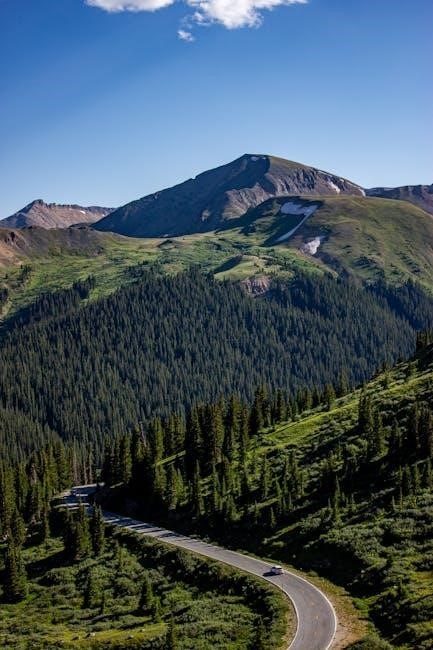
Health Benefits of Mushrooms
Mushrooms offer numerous health benefits, including antioxidants, anti-inflammatory properties, and immune system support. They aid in weight management, boost energy, and provide medicinal properties for mental health and wellness.
Nutritional and Medicinal Properties
Mushrooms are rich in antioxidants, vitamins, and minerals, offering anti-inflammatory and immune-boosting benefits. They support weight management and energy levels, while certain species like reishi and chaga are prized for their medicinal properties. Functional mushrooms also contain compounds that aid in mental clarity and stress reduction. Additionally, psilocybin mushrooms have gained attention for their potential in treating mental health conditions, emphasizing their cultural and therapeutic significance. Responsible foraging and accurate identification are crucial to harnessing these benefits safely.
Psychedelic Mushrooms and Their Cultural Significance
Psychedelic mushrooms, particularly psilocybin species, hold profound cultural and historical significance. They’ve been used in spiritual rituals for centuries, fostering deep connections to nature and consciousness. In Colorado, their use has grown in popularity, with communities exploring their therapeutic potential for mental health and personal growth. Local events and workshops often highlight their cultural importance, blending tradition with modern research. This has created a vibrant, respectful environment for enthusiasts to engage with these fungi, valuing their transformative power and historical roots.
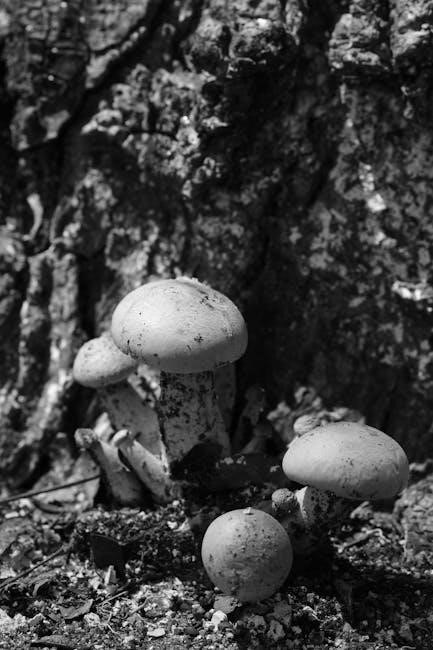
Legal Considerations and Regulations
Current laws in Colorado regulate mushroom cultivation and use, with specific restrictions at the local level. Compliance is essential to avoid legal consequences and ensure safe practices.
Current Laws on Mushroom Cultivation and Use
Colorado’s legal framework governs mushroom cultivation and use, with licensed facilities authorized to source psychedelic medicine. Local ordinances may impose additional restrictions, but state laws prohibit municipalities from banning the sale or cultivation of psilocybin mushrooms. Staying informed about these regulations is crucial for legal compliance, especially as laws evolve to balance public safety and therapeutic access.
Local Ordinances and Restrictions
Local ordinances in Colorado may impose additional restrictions on mushroom hunting and use, varying by city and county. While state laws permit certain activities, local rules can be more stringent, affecting where and how mushrooms can be foraged or sold. Some areas may require permits for public land foraging or restrict access to sensitive ecosystems. Always check local regulations before hunting to ensure compliance and avoid legal issues. Understanding these nuances is key to responsible foraging in Colorado.
Expert Tips for Successful Mushroom Hunting
Understanding tree species and their symbiotic relationships with mushrooms is key. Timing your hunts during peak seasons and using a trusted field guide ensures better success rates.
Building Relationships with Trees and Ecosystems
Understanding the symbiotic relationships between fungi and trees is crucial for successful mushroom hunting. In Colorado, certain species like aspen and pine often host specific mushrooms. Learning to identify these tree-fungi connections can guide you to prime hunting spots. For example, chanterelles thrive near conifers, while morels often appear near aspen groves. Timing your hunts during peak fungal activity and respecting the ecosystem ensures sustainability; This knowledge enhances your foraging skills and deepens your connection with nature.
Essential Gear for Every Mushroom Hunter
A well-prepared mushroom hunter in Colorado needs a few key tools. A field guide specific to the Rocky Mountains is indispensable for accurate identification. Carry a sharp knife or scissors to harvest mushrooms cleanly. Use a woven basket to store your finds, allowing spores to disperse. Wear comfortable, sturdy footwear for navigating rugged terrain. Include a magnifying glass to examine small features and a measuring tape to determine sizes. Proper gear enhances both safety and success in your foraging adventures.
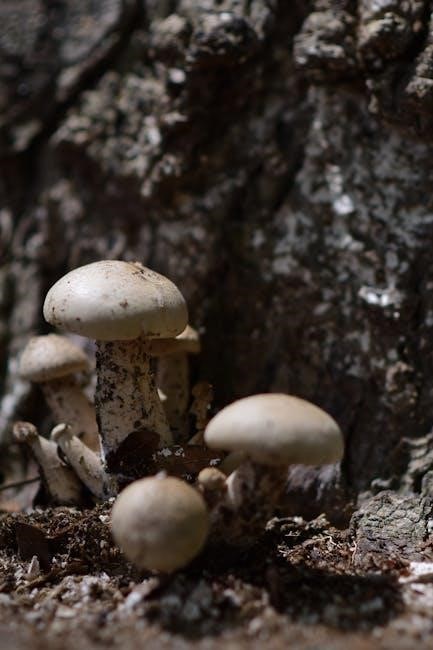
Colorado Mushroom Communities and Events
Colorado’s vibrant mushroom community connects enthusiasts through local groups, meetups, and annual festivals, fostering knowledge sharing and camaraderie among foragers and experts alike.
Local Groups and Meetups for Enthusiasts
Colorado’s vibrant mushroom community offers numerous local groups and meetups for enthusiasts. Organizations like the Colorado Mycological Society and Forage Colorado host guided forays, workshops, and expert talks. These groups provide a platform for beginners to connect with experienced foragers, fostering a culture of learning and responsible foraging practices. Annual events, such as the Telluride Mushroom Festival, attract experts and enthusiasts worldwide, celebrating the science, art, and culinary delights of mushrooms. These gatherings are essential for building relationships and deepening knowledge within the mycological community.
Annual Festivals and Workshops
Colorado hosts a variety of annual festivals and workshops celebrating mushrooms. The Telluride Mushroom Festival is a standout event, featuring expert-led forays, hands-on workshops, and lectures. These gatherings provide opportunities to learn from mycologists, chefs, and enthusiasts. Workshops often cover topics like species identification, sustainable foraging, and culinary uses of mushrooms. Such events foster a sense of community among mushroom enthusiasts while promoting education and appreciation for Colorado’s fungal diversity. They are a must-attend for both beginners and seasoned foragers.
Mushroom hunting in Colorado is a rewarding adventure that combines nature, learning, and community. With its rich fungal diversity, the state offers something for every enthusiast. Always prioritize responsible foraging and sustainable practices to preserve this natural treasure. Whether seeking edible varieties or exploring medicinal benefits, Colorado’s mushroom culture is vibrant and inspiring. Join local communities, attend festivals, and continue learning to deepen your appreciation for these fascinating organisms and their role in the ecosystem.
